Google kills FLoC, introduces Topics API as its next-gen targeting tech
Google will replace Federated Learning of Cohorts (FLoC) with a new interest-based targeting proposal called Topics, the company announced Tuesday. The Topics API will select topics of interest (based on the user’s browsing history), without involving external servers, and share those topics with participating sites.
Google plans to launch a developer trial of Topics in Chrome, including user controls (more on that below), soon. The final iteration of the user controls, as well as other technical aspects of how Topics works, will be determined based on the trial and feedback, Google said.
How Topics will work. “With Topics, your browser determines a handful of topics, like ‘Fitness’ or ‘Travel,’ that represent your top interests for that week based on your browsing history,” Google said in the announcement.
When a user visits a participating site, Topics selects three topics to share (one from each of the previous three weeks) with the site and its advertising partners. Up to five topics are associated with the browser. Topics are stored for three weeks, with topic selection occuring on the device, without involving any external servers, including Google’s own servers.
Google is starting this initiative with about 300 topics “that represent an intersection of IAB’s Content Taxonomy V2 and also our own advertising taxonomy review,” said Ben Galbraith, Chrome product director, “This is a starting point; we could see this getting into the low thousands or staying in the hundreds [of topics].”
“With the Topics design, we look at the domain or subdomain of the site to map the topic to that site,” he said, explaining that Google does not parse the text within an article to determine the appropriate topic.
If a site does not participate in the Topics API, “Then it doesn’t provide a topic nor does it receive a topic,” Galbraith said. The site itself or its advertising partners can opt into the Topics API.
Google has also published a technical explainer containing more details about the Topics proposal.
The difference between FLoC and Topics. One of the main distinctions between Google’s previous targeting proposal, FLoC, and the Topics API is that Topics does not group users into cohorts. As the Electronic Frontier Foundation has pointed out, fingerprinting techniques could be used to distinguish a user’s browser from the thousands of other users within the same cohort to establish a unique identifier for that browser.
Additionally, under FLoC, the browser gathers data about a user’s browsing habits in order to assign that user to a cohort, with new cohorts assigned on a weekly basis, based on their previous week’s browsing data. The Topics API determines topics to associate with the user on a weekly basis according to their browsing history, but those topics are kept for three weeks.
And, Topics selects three topics to share with sites and advertisers, whereas FLoC would share a cohort ID.
User controls and privacy measures for Topics. Google is building out controls for Chrome users that would enable them to view the topics that they have been associated with. Users will have the option to remove topics or disable Topics entirely. At this time, there is no plan to enable users to manually add their own topics.
Additionally, topics are curated to exclude potentially sensitive categories, like race or sexual orientation, Google said.
“Time will tell” which browsers will adopt. Google is in the early phases of implementing the Topics API, so other browsers likely won’t have had a chance to evaluate it. But, Chrome was the only browser to adopt its predecessor (FLoC), so it’s unlikely that Firefox, Safari, Edge or other browsers will adopt Google’s proposal this time either.
“We’re sharing the explainer, which is the beginning of that process to discuss with other browsers their view on the Topics API, so time will tell,” Galbraith said.
Why we care. Google is deprecating third-party cookies in Chrome sometime next year and now we have a better idea of what audience targeting options will be available.
Prior to the Topics API, Google ran into a number of challenges with FLoC, including lack of adoption, industry pushback and regulatory issues. The company has likely addressed some of those challenges with this new proposal, but adoption among other browsers remains unlikely, which could impact how big of a user base advertisers are able to get in front of.
For now, Google plans to keep to its timeline of having all of the Privacy Sandbox APIs available for adoption during Q4 2022, but it may update its Privacy Sandbox timeline if adjustments must be made.
The post Google kills FLoC, introduces Topics API as its next-gen targeting tech appeared first on Search Engine Land.


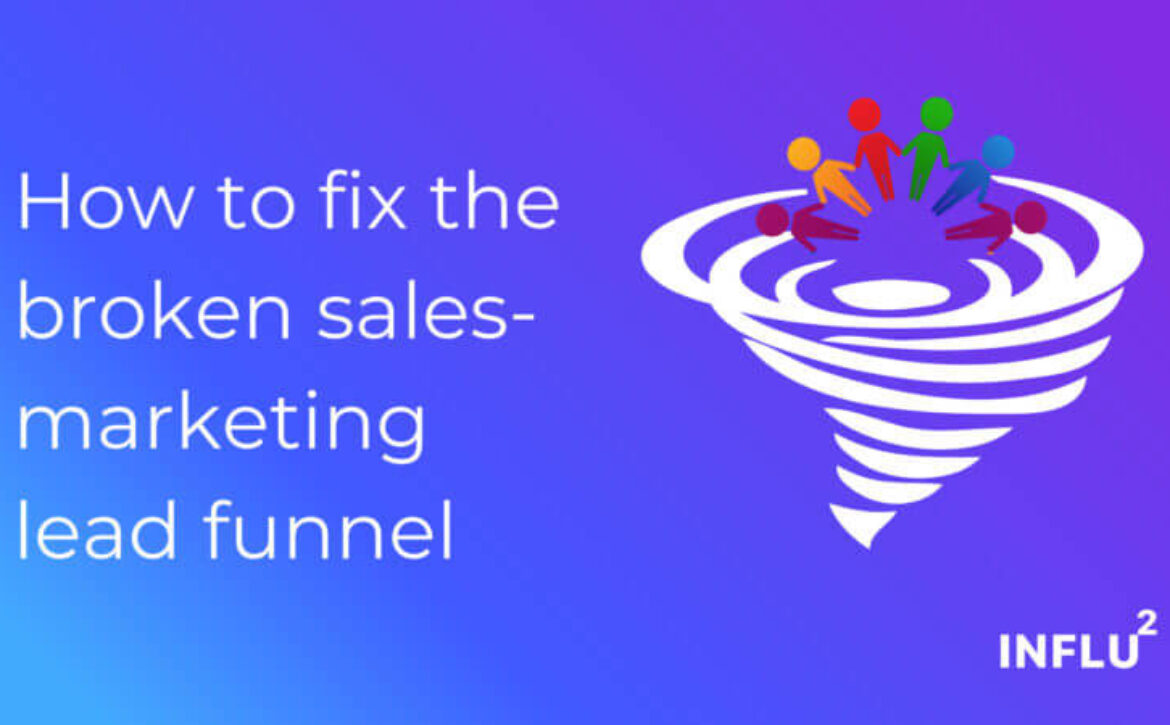
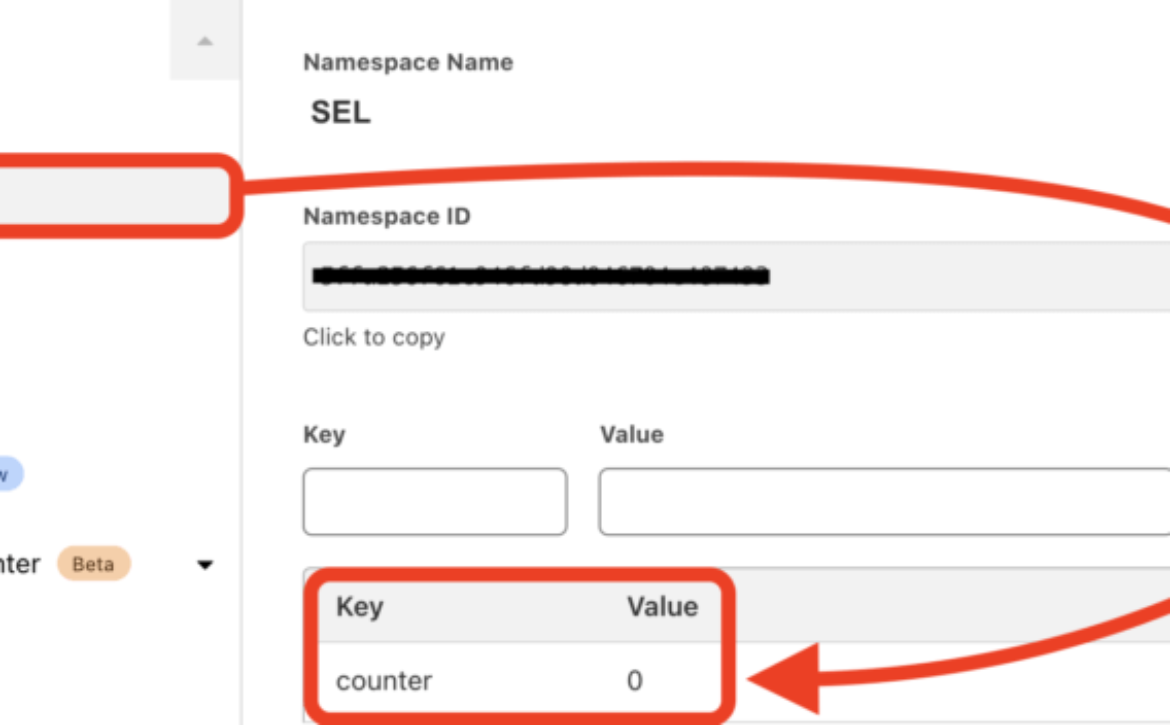
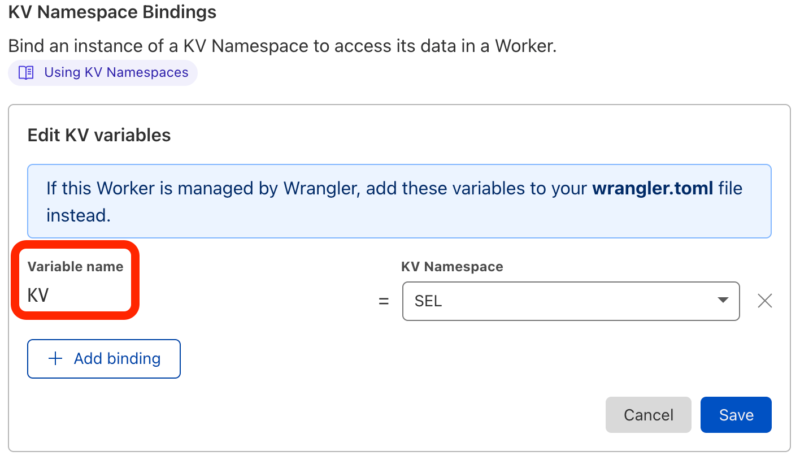

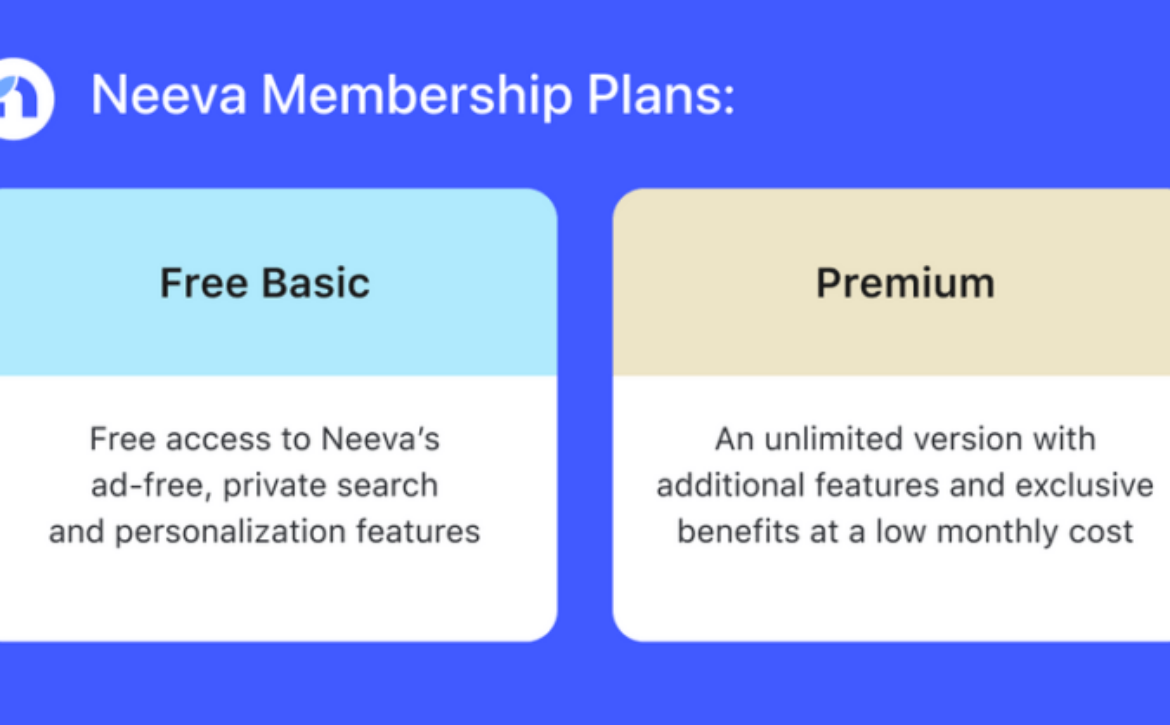

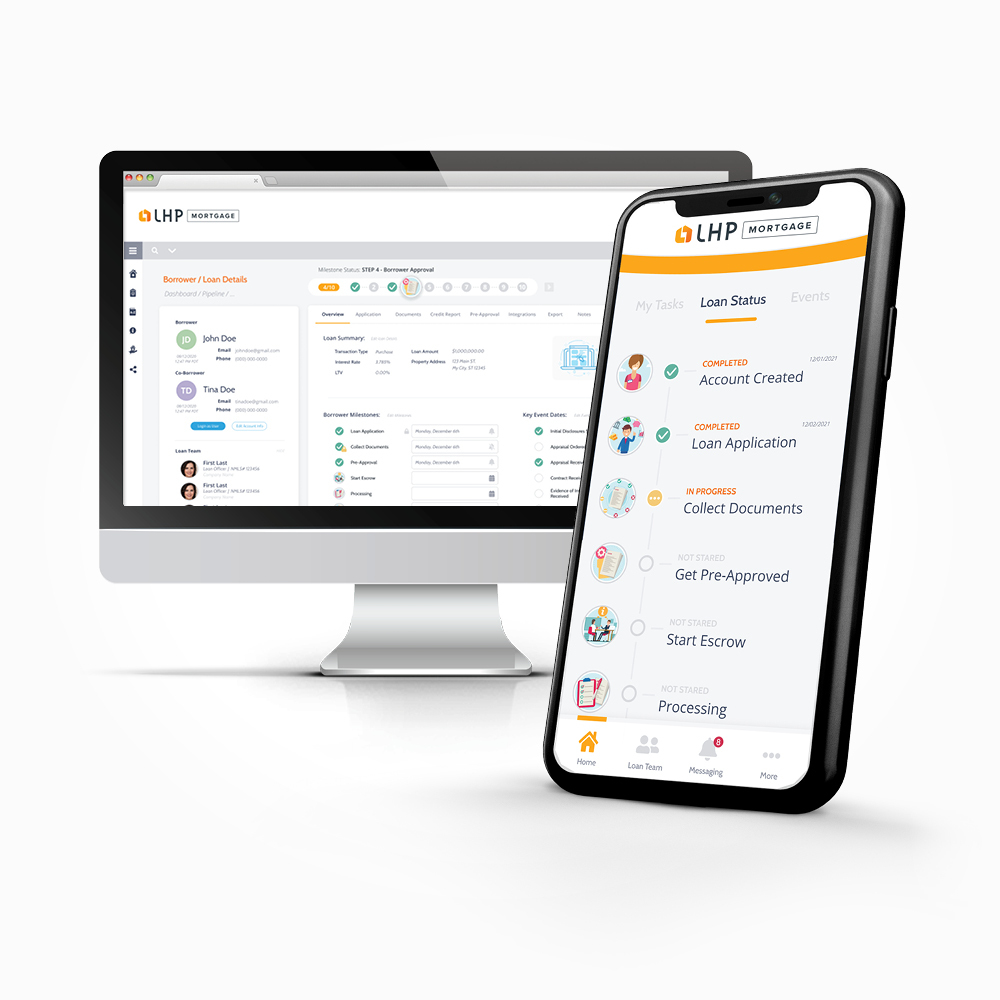 As such, real estate agents look to partner with technologically savvy mortgage professionals. Products like our
As such, real estate agents look to partner with technologically savvy mortgage professionals. Products like our 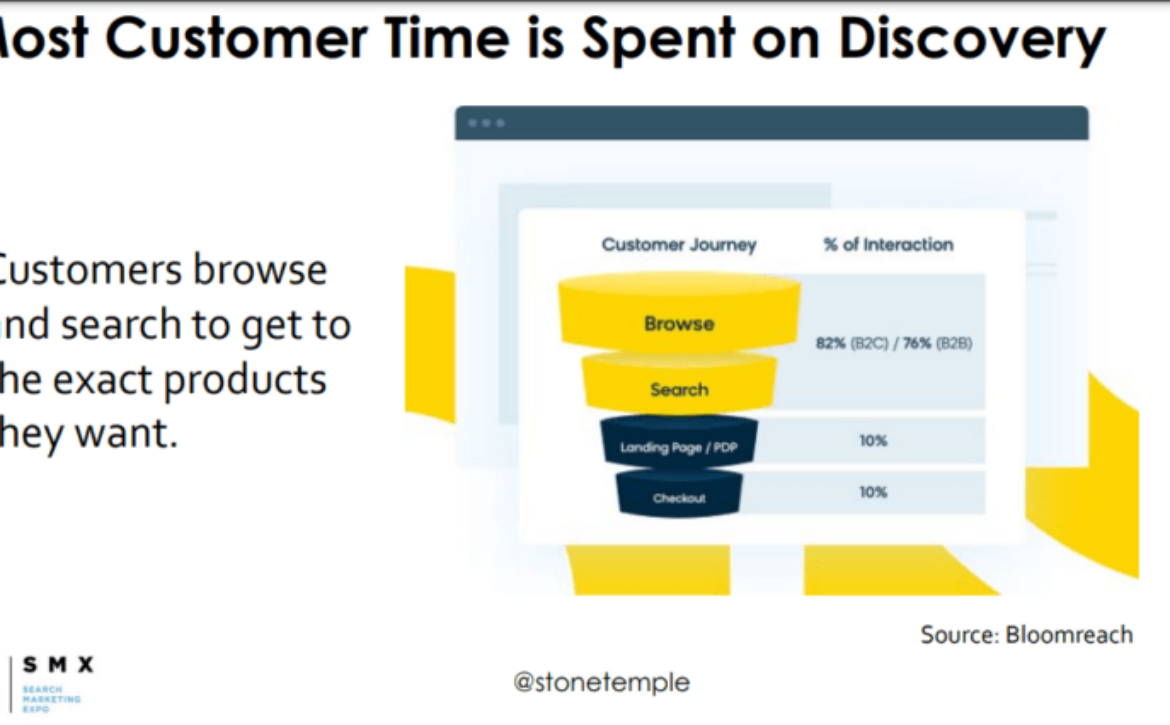

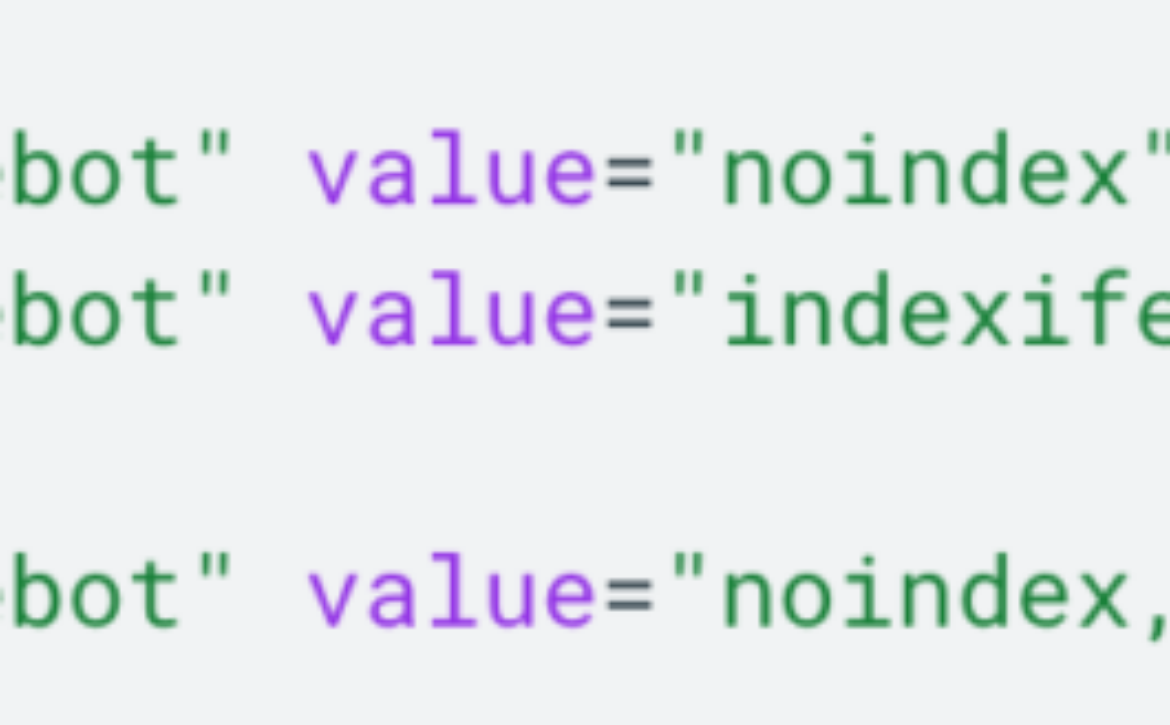
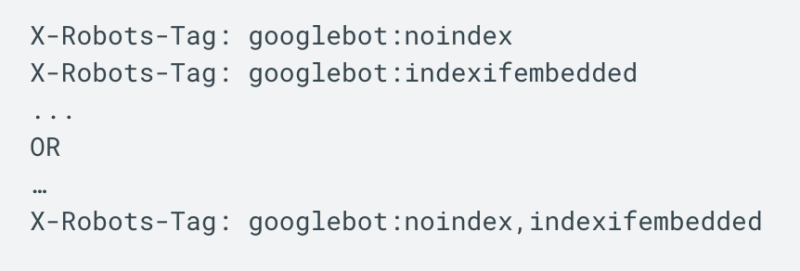
 John
John